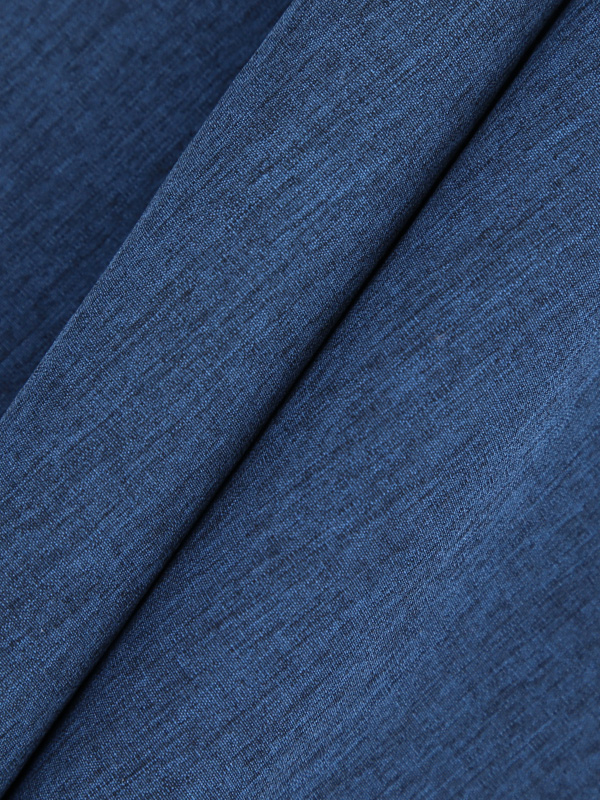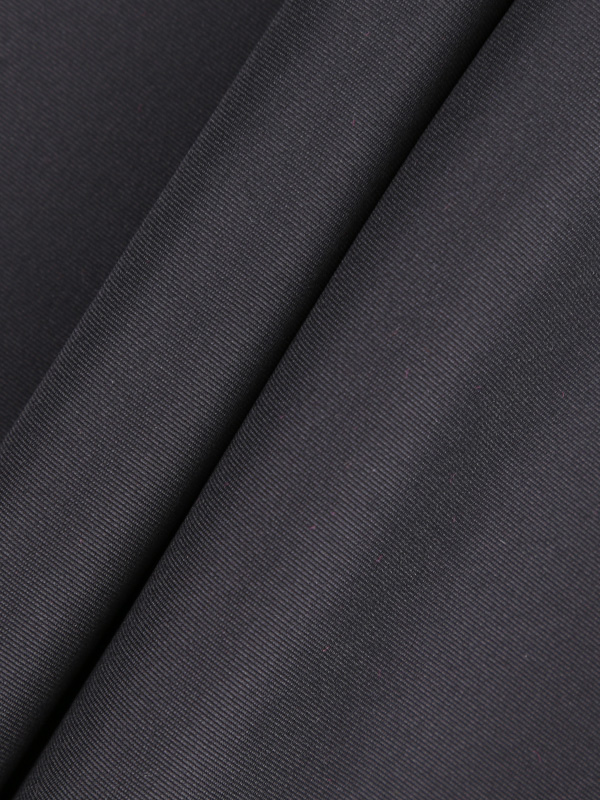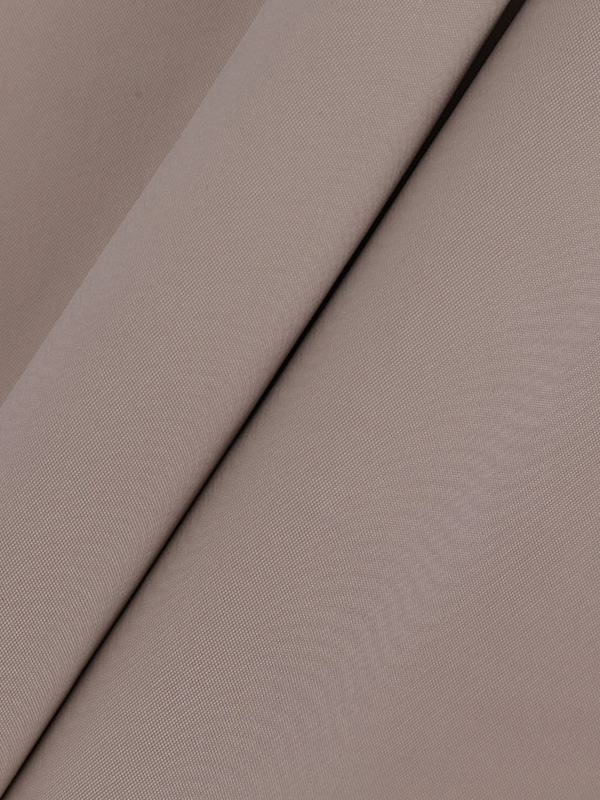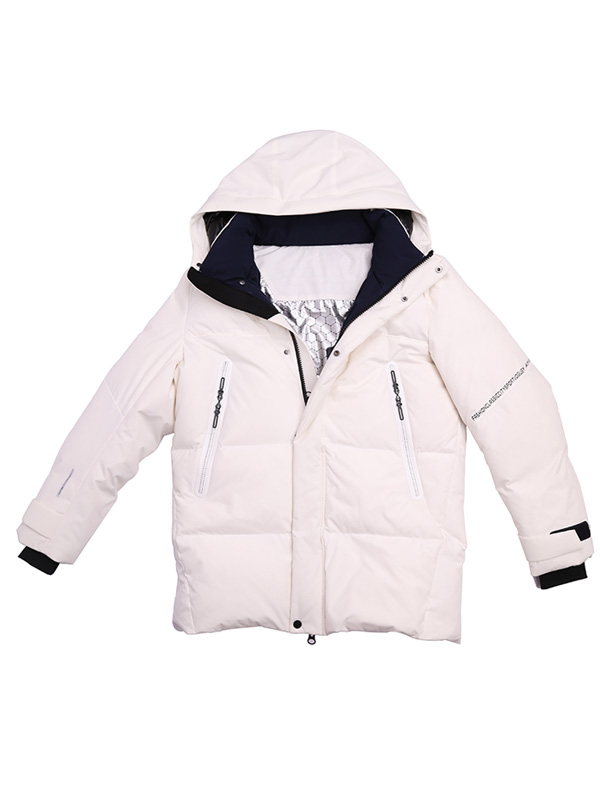Nylon fabric manufacturers tell you the difference between nylon and polyester
1. Polyester --- polyester fiber
Also known as POLYESTER, it features outstanding breathability and moisture removal. It also has strong anti-acid and alkali resistance and anti-ultraviolet ability. Generally, fabrics with multiples of 75D are polyester, such as 75D, 150D, 300D, 600D, 1200D, and 1800D, all of which are polyester. The surface of the fabric is darker and rougher than nylon.

2. Nylon --- Nylon
Also known as Nylon, polyamide fiber. The advantages are high strength, high wear resistance, high chemical resistance and excellent resistance to deformation and aging. The disadvantage is that it feels hard. The more famous ones are PERTEX and CORDURA. Generally, the fabric with a multiple of 70D is nylon, such as 70D, 210D, 420D, 840D, and 1680D, which are all nylon materials. The gloss of the fabric is brighter and the hand feel is smoother. Generally speaking, the bags are made of nylon Oxford cloth. The simplest difference between nylon and polyester is the burning method!
Polyester emits very strong black smoke, nylon emits white smoke, and if you look at the residue after incineration, polyester will be broken when squeezed, and nylon will become plastic! Nylon is twice as expensive as polyester. Nylon, close to the flame, it quickly curls and melts into a white gel, melts, drips, and bubbles in the flame. There is no flame when burning, and it is difficult to continue burning when it is separated from the flame. It emits a celery smell. . Polyester, easy to ignite, melts near the flame, emits black smoke while burning, yellow flame, emits fragrant smell, after burning, the ashes are black-brown lumps, which can be crushed with fingers.
The feel will also be different. Polyester feels rougher, and nylon feels smoother. In addition, you can use your nails to scrape. After scraping the nails, there are obvious traces of nylon, and those with less obvious traces are nylon. However, this method is not as intuitive and easy to understand as the first method.


 English
English Chinese
Chinese



